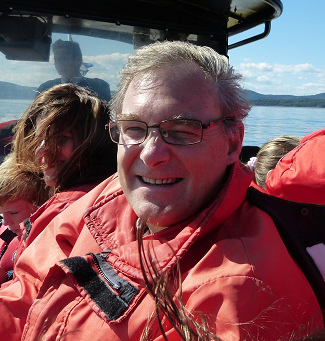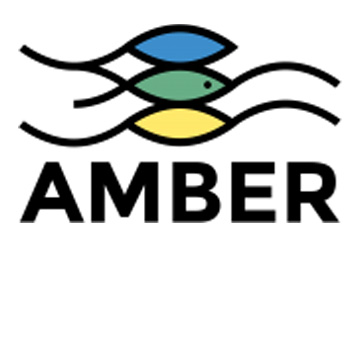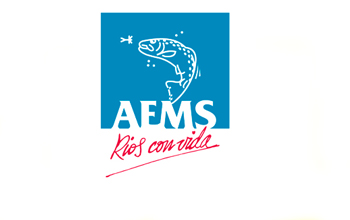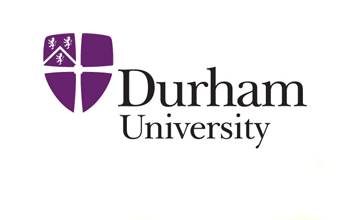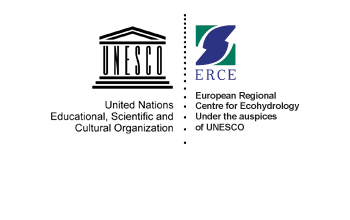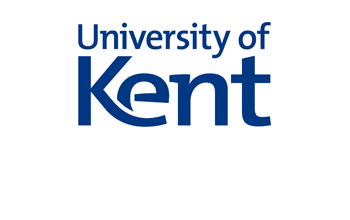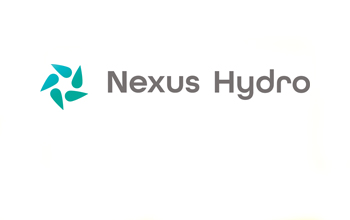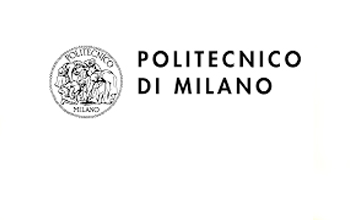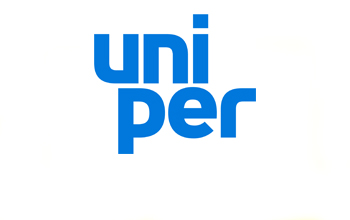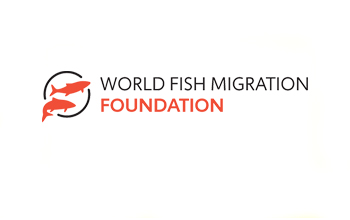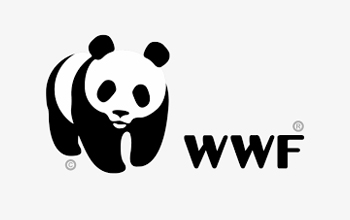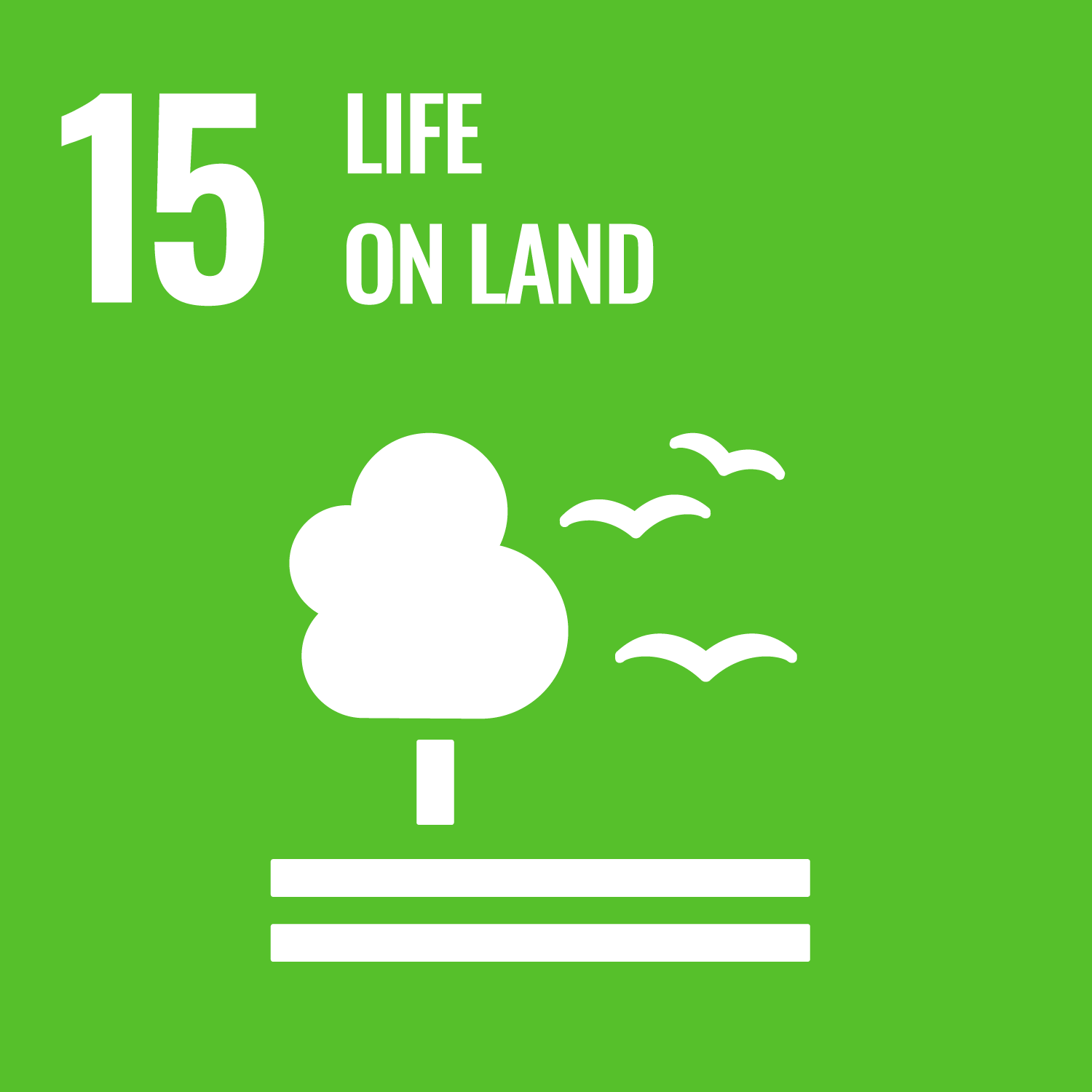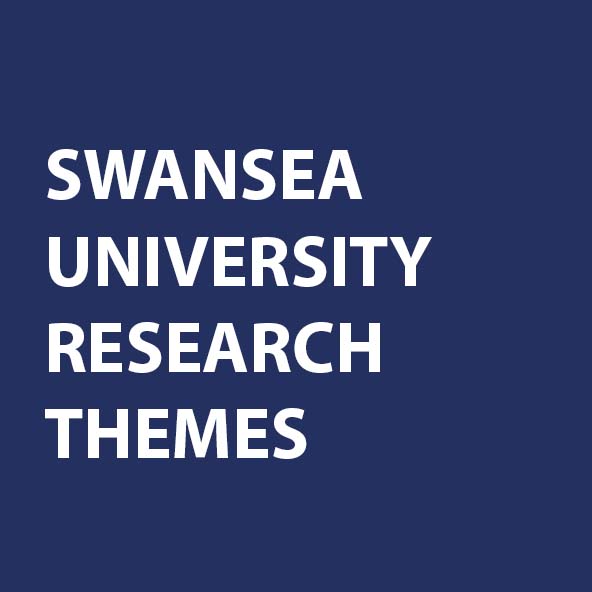“As an academic institution, Research and Innovation is one of our core missions. The AMBER project has been tremendously fruitful in terms of research produced and in forming new professional connections that will hopefully lead to further funded collaborative research down the road. As a consequence of the collaboration, we have produced multiple high-quality journal publications and forged new connections with researchers and practitioners. The Swansea team have been fantastic! You couldn't ask for a better research and research management team.” Jesse O'Hanley, University of Kent
“Research and Innovation projects are key to promoting environmental restoration and sustainable development in Europe. We began collaborating with Swansea University several years ago on the conservation and restoration of Atlantic salmon populations in the Iberian Peninsula. We have since collaborated on the AMBER project (Adaptive Management of Barriers in European Rivers) and, as a consequence, we have contributed to the investigation of the fragmentation of European river ecosystems, raising awareness of the problem to the public and authorities. Consequently, adaptive management policies and measures to mitigate the issue have been developed. We have worked hard with Swansea University in a very comfortable environment with a fantastic team of excellent academics.” César Rodríguez, AEMS-Ríos con Vida
“I became involved with Swansea University while I was working for Durham University’s Business School as a Research Associate, working on the socioeconomic component of the AMBER project. Working with intergovernmental organisations, large climate and green donors, and international universities, I research and consult in the field of watershed management for sustainable development. Working with Swansea has been really valuable in expanding my network and producing a high visibility publication on Nature. I regularly refer to the AMBER project and Swansea University when it comes to the effects of river fragmentation on fish and invertebrate migration. The Swansea University team is really good and fun to work with - I would love to be in consortium with Swansea to work on future projects and develop new breakthrough research." Sergio Vallesi, Hydro Nexus
"Our collaboration with Swansea University focused on improving research approaches and opportunities for implementation in good practice. The impact of our collaboration has led to a joint publications in Nature and new contacts within Science and implementation bodies. The excellent team at Swansea are always ready to share brains and work together to solve nature’s problems. We are working on 3 new research proposals with Swansea University and both the European Regional Centre for Ecohydrology of the Polish Academy of Sciences, and the University of Lodz are open for any current and future collaboration." Małgorzata Łapińska, European Regional Centre for Ecohydrology of the Polish Academy of Sciences, and the University of Lodz
"Working with Swansea University has been very good, leading to high-quality research outputs, international co-operation and the development of multidisciplinary and interdisciplinary skills. The collaboration has provided high-quality leadership and facilitated and supported the delivery of a large multidisciplinary research project (AMBER)." Martyn Lucas, Durham University
"Working with the Swansea University team has given us the authoritative influence that comes with first class science. We have facilitated multiple postgraduate studentships which has been inspiring and motivating and have announced further funding partnerships. The collaboration has been vital in ensuring we can communicate the results of the research authoritatively to funders and to governments to influence positions on improving fish migration connectivity for multiple societal benefits." Peter Gough, World Fish Migration Foundation
"We are a science based organisation and need results that are adaptable to the daily asked questions when it comes to protecting and restoring rivers. Collaboration with Swansea University has given us access to a huge network of dedicated and knowledgeable people in Europe, and has led to more interest in dam removal in Switzerland. The Swansea University team are good, responsive and helpful in addressing our questions." Ruedi Bosiger, WWF Schweiz
"Collaborating on Research and Innovation is essential to advancing fundamental and applied Science. As a result of working with Swansea University we have been involved in a major EU funded project (AMEBR), have contributed to scientific publications (including Nature) and benefitted from international and multidisciplinary networking. The team are proactive, professional, competent, dynamic and pleasant to work with." Barbara Belletti, POLIMI, Italy (currently at ENS-Lyon, France)
"Research helps us learn more about the present situation for riverine habitats in Europe and the potential for mitigation measures. We, as a power company, can exchange competence and experience with the whole network represented in AMBER and identify 'Best practice'. As a result of the project we now better understand the human impact on riverine habitats and what we can do about it. It has been a platform for better understanding different perspectives of water use and connected universities and other stakeholders. The Swansea team have been very supporting and helpful and a great coordinator, facilitating a lot of practical & administrational issues and providing relevant and important competences.” Johan Tielman, Uniper SE Energy




